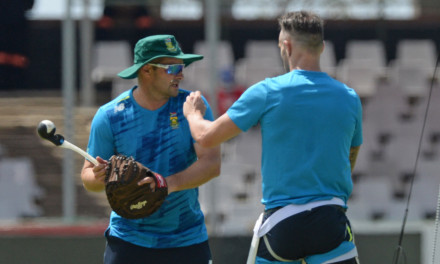Captaincy of a cricket team is one of the roles that cricket fans have, perhaps, taken for granted over the years.
If fans are asked to define captaincy, it is likely to elicit a wide range of responses. Typically, the facet of captaincy that is visible to viewers is the tactical decisions that a captain makes on the field, but we know that a captain has responsibilities away from the cricket field as well. Because there is no official job description for a captain, the primary purpose of this piece is to outline my understanding of captaincy, and invite readers to share their views as well.
Selecting a captain, in my view, is one of the most important decisions that a team management can make for a team. The right captain can facilitate the progress of a cricket team, whereas an incorrect appointment can affect a team’s performance.
In the modern age, a captain needs to have threeattributes – the captain needs to be an automatic selection in the team based on performance, the captain must be an effective people manager, and s/he must possess tactical nous. Of these, I believe it is most important for a captain to manage players emotionally and be relatable to the rest of the team. Recently, the BCCI appointed Rohit Sharma as India’s white-ball captain.
Apart from being one of the world’s leading white-ball players and captaining the Mumbai Indians to five IPL titles, Sharma is known to be a phenomenal people manager. Players and pundits have spoken publicly about the sense of security that he fosters within the teams that he is a part of. After making his debut in 2007, Sharma struggled to cement his spot in the Indian team till 2013.
Six years in the wilderness gave him a sense of empathy that now allows younger and inexperienced Indian players the luxury to fail, reflect, and then emerge successful. In the South African context, Faf du Plessis was also one such leader.
Having stated repeatedly that he is not the most gifted player, du Plessis was instrumental to creating a team environment that allowed individuals to express themselves. In particular, players such as Keshav Maharaj and Kagiso Rabada have grown under his captaincy, and are now leading players in South African cricket.
In conclusion, it is vital for team managements to select cricket captains carefully. Performances with bat and ball aside, managements must evaluate individual temperaments because they will bring out the best in the team.











